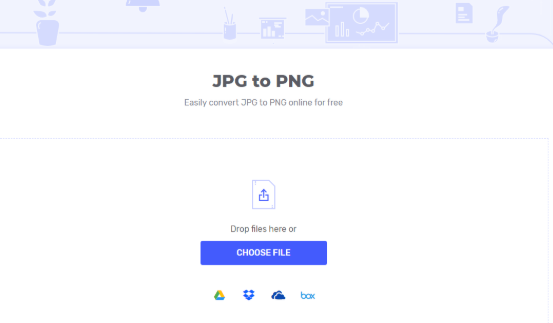
Reasons to Hire ASP.NET Developers from India in 2025
Hire expert ASP.NET developers from India in 2025 with Silicon Valley for scalable, secure, and cost-effective solutions.










© 2024 Crivva - Business Promotion. All rights reserved.